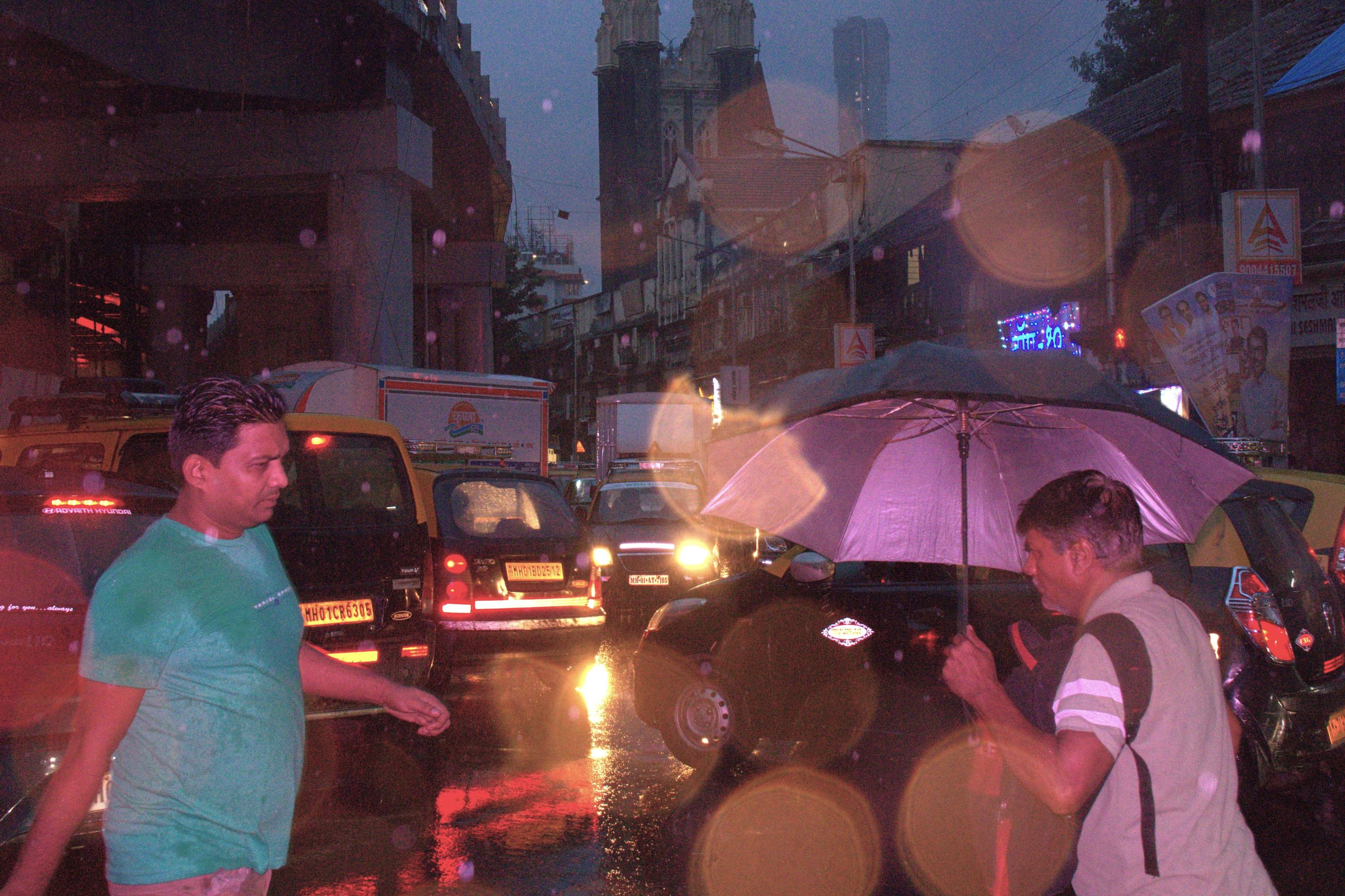
We’ve all heard the expression “f8, and be there.” This quote is popularly attributed to Arthur Fellig (famously known as Weegee), who captured some of the most striking photojournalistic images of his time. But it wasn’t just Weegee who liked a good depth of field and sharp details. However, as today’s photography practices are about breaking the rules, we decided to get in touch with our roots, to see how this practice fares today. Here’s a look at the things I learned about the medium.
Shooting at f8 was not easy for me. In the initial few days, I struggled to get the ISO and shutter speed right, since I was shooting at all odd times. During the day, I would set my ISO to 200 or 400, depending on the sun, and then I would forget about everything else. It was just me and the shutter sound of my camera against the world. It was a deeply meditative process, since I relied on my phone for a good five years. To let that go and work with a camera was like falling in love with photography all over again.
If I wanted to make images during dawn or dusk, I had to pump up the ISO, but even then, it doesn’t guarantee frozen frames. Naturally, I had to rely on a flash, which I would not have used if I were shooting at f2.8. In fact, it taught me how to use the flash as fill light during the day and explore my creativity with colored gels at night. The images, thus, gave a unique touch and feel to the pictures, making them more cinematic in some ways. In fact, since I was shooting with the R7, I even got the chance to get some exciting double exposures, all made in camera.


While street photography was fun with the f8, I had the most exciting time shooting macro images. Despite the small aperture, I was able to capture a nice blurry background with my subject in focus. For instance, the star of my image was a snail, and I went about shooting multiple images, but the one used here was my favourite. You can see the leaf in the backdrop, but it is not so sharp that it will distract you. In fact, your focus goes on the trail of water left behind, as the snail slowly but gracefully moves ahead. You can even see the circles of its shell, which helps to appreciate nature even more.

Now, coming to my lenses. I highly relied on Canon’s 18-150mm f3.5. In any other situation, the f3.5 aperture would have been an issue with me, but when I was shooting at f8, I understood the significance of how a “sharp” image can truly help you grasp the composition of the frame. For instance, I knew if I was close to a foreground object, then it would be soft and out of focus. And so, I worked on my compositions, keeping that in mind. Similarly, when I was farther away, everything from the front to the back of the image was tack-sharp. Considering how we are taught to shoot wide open, this change was quite refreshing. I learned how each element can make or break the photograph, and so, I became careful of how close or far I was to the subject. In fact, photographing reflective surfaces even becomes more exciting, as I can see the subject and its surroundings fairly well.


In some ways, I also understand Ansel Adams and his logic of establishing Group f64. Adams and members like Imogen Cunningham, Edward Weston, Willard Van Dyke, and John Paul Edwards challenged pictorialism, which was the norm at the time. However, seeing Adams’ images of the wildress left a different mark on us. That’s because our eyes are trained to see everything the same way. Just by changing the aperture, one can feel like they are a part of the image, witnessing the moment right then and there. Similarly, I learned how, sometimes, by changing your settings, you get a whole different perspective on your surroundings. It’s all about what you are willing to learn and let go. And once you keep your settings aside, your photography will reach newer avenues.

